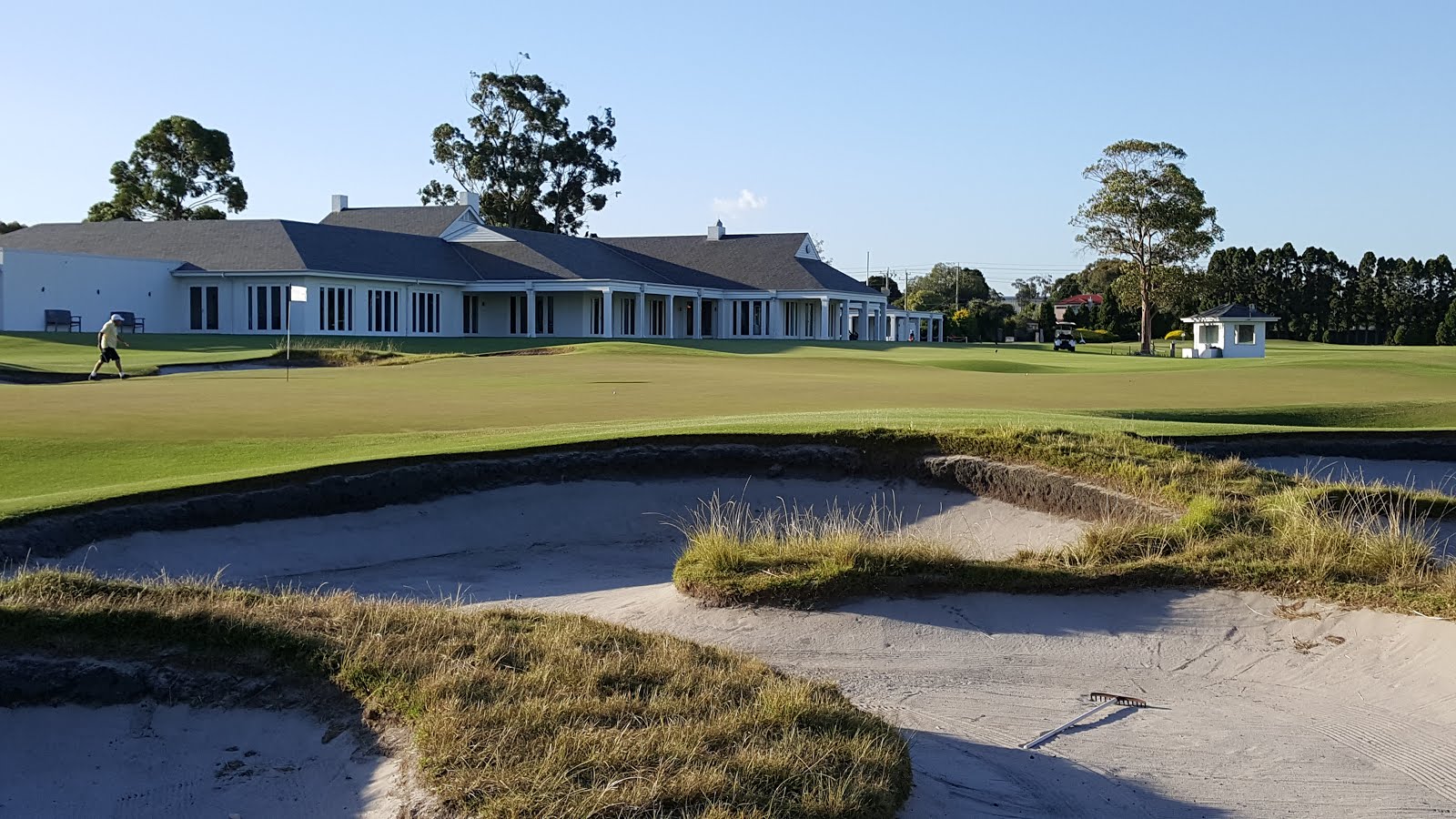After being "off-line" for over three years, I am back. Life and work (often one and the same) got in the way of my posting, and then I simply forgot about it. But, I have just finished my 19th season with the MGA; hard to believe I've been here that long. So, as the 20th is about to begin, I feel it's time to renew sharing my passion.
In looking back at previous posts, almost four years ago to the day I posted about the USGA's announced ban on the anchored stroke. If you followed the news about the proposed ban, you would have thought the golf world was going to end on Jan 1, 2016. Guess what? It didn't. I think three years of discussion prepared people for what turned out to be nothing much. Yes, a few still get close to anchoring. Bernhard Langer has figured out how to keep his hands just far enough off of his chest to fulfill the requirements and still be a (the?) dominant player on the PGA TOUR Champions Tour. Kuchar still putts with the handle resting against his forearm - below his elbow. And Adam Scott has found a stroke with which he can win (WGC Cadillac Invitational).
In the MGA and USGA events I conducted in 2016, never once did I answer or deal with an anchoring question. I received a few questions in the beginning of the year via phone calls or emails, but by the time the season rolled around, it was a non-issue.
The biggest controversy for 2016 centered around the DJ ruling at the US Open -- did he or didn't he cause the ball to move? The referee in his group said no. The USGA overruled their man and said yes. But the real issue was the delayed notification, leaving DJ to play a few holes not knowing if he would be penalized, and those chasing him wondering if they were one stroke closer. Despite being assessed the penalty, DJ made it a non-issue in the end by running away from the field, claiming (finally) his first major. The issue, however, was not dead.
I believe the referee with DJ was incorrect in his ruling. The rule was to be applied by looking to see if anything could have caused the ball to move, most specifically wind, water or gravity. If so, then there is no penalty and the ball is played where it came to rest. However, without virtual certainty that one of those factors caused the ball to move, then the player (DJ) would be "deemed" to have caused it to move. After looking at the tape, the USGA ruled that the ball moved immediately after DJ placed his putter next to the ball, thereby ruling that he caused it to move.
In the fall, the USGA and R&A announced a new "Local Rule" that would prevent another DJ incident. The Committee (the group in charge of the event) may adopt the new local rule that exonerates the player from penalty if he "accidentally" causes his ball to move when it lies on the putting green. Gone from penalty is dropping your ball-marker, towel or putter on the ball. Gone from penalty is inadvertently kicking the ball as you come up to mark it. Gone from penalty is inadvertently bumping the ball as you place your club behind it during the address procedure. As long as it's on the putting green, no worries. Unless, of course, what you did wasn't accidental, such as forgetting to mark the ball prior to lifting it or rotating it after you have lifted your marker to align that line you put on the ball. Click HERE to view the Infographic that visually explains the new local rule. To see complete information on the USGA website about the change, click HERE.
Personally, I think they went too far and would have liked a slightly different change. I think the answer was to go to the player and ask, "Did you do anything to cause the ball to move?" If the player says no, then no penalty would be assessed with the understanding that the Committee would go back to instant replay (for those that have it) and look at the tape. If it is obvious the player truly hasn't done anything to cause the ball to move (rather than looking to see if anything else caused it to move), then there is no penalty. But, if it shows the player bumping the ball with the club (for example), then a one-stroke penalty is assessed. But ........... they didn't ask me, so all I have to do is to officiate what is written. The MGA is following the lead of the USGA and R&A and adopting the local rule for play.
Time has come to close this post. Here's wishing you a blessed and joyous Holiday season.
See you in 2017!
Doug


